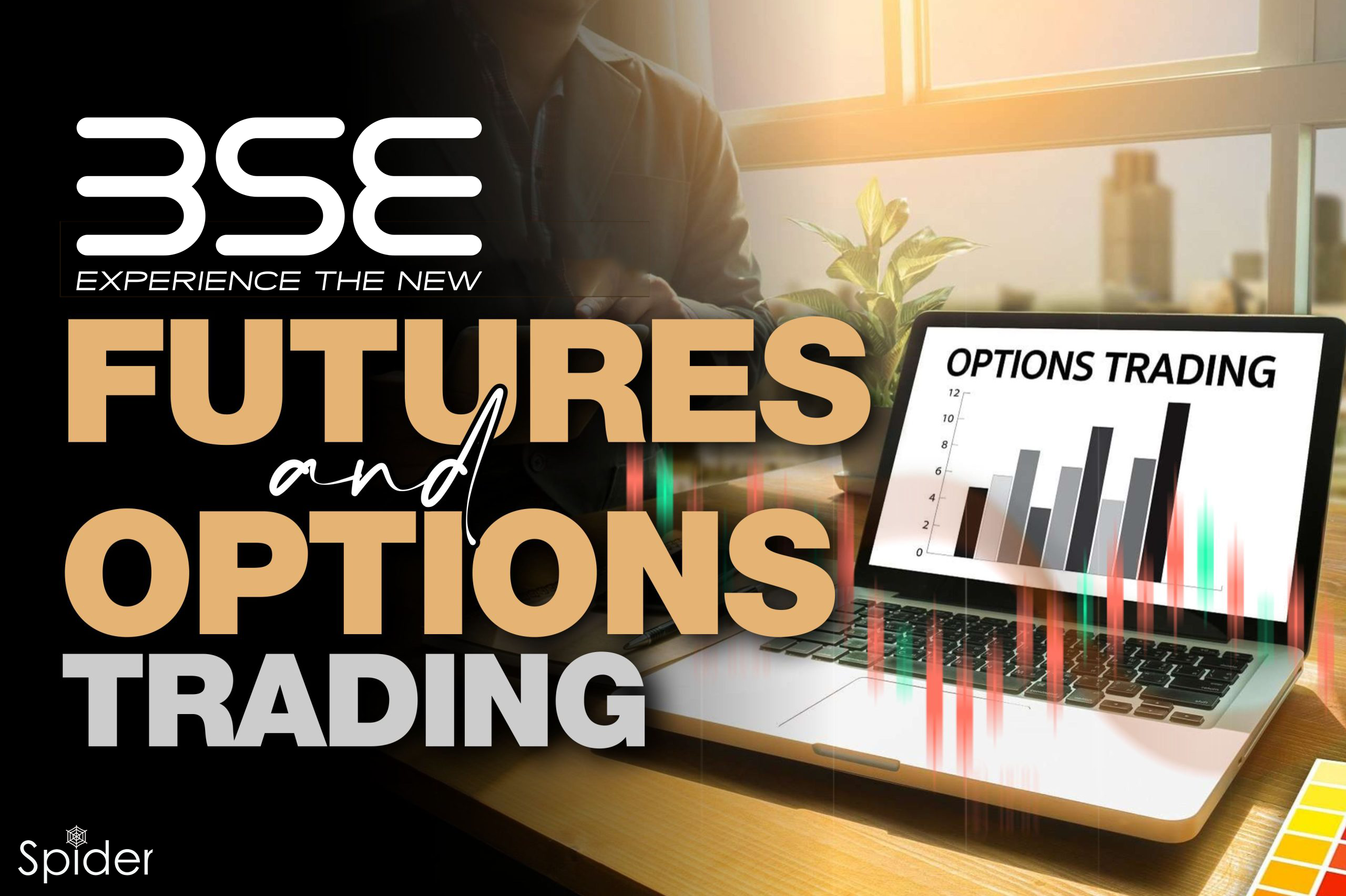Turnover in SENSEX and BANKEX derivatives contracts crosses Rs. 10,000 Crs with an OI value of over Rs. 1350 Crs
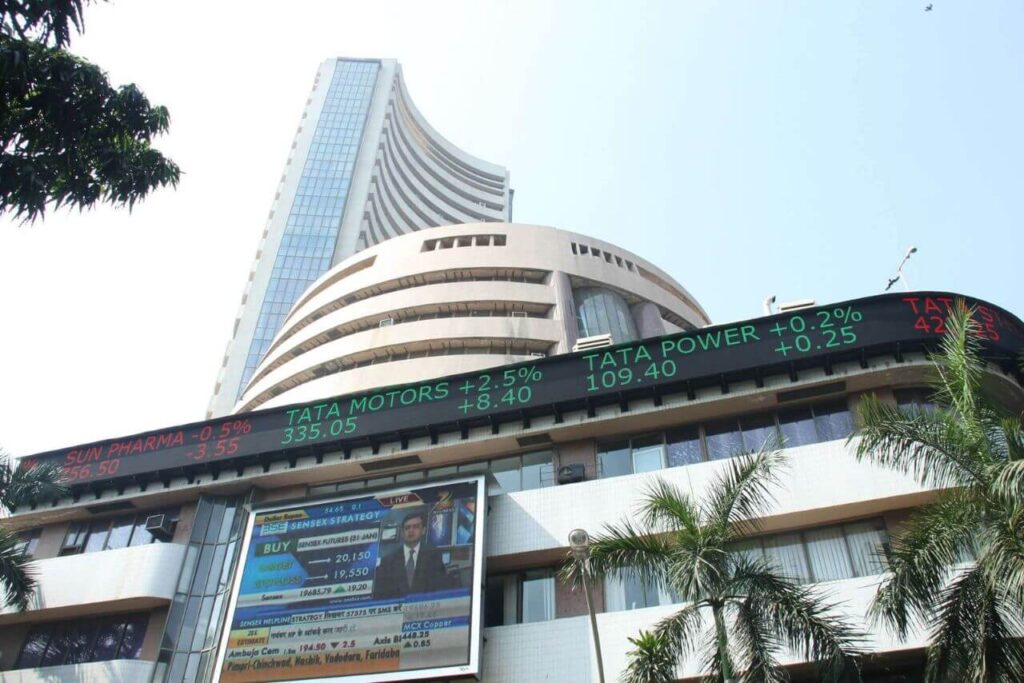
Does BSE have futures and options?
The BSE is a major Indian stock exchange offering diverse financial instruments for investors and traders. Futures and options are derivative contracts for speculating on future price movements of assets like stocks, indices, commodities, or currencies.
The derivatives segment on the BSE trades futures and options separately from the cash equities segment.The derivatives segment provides a platform for participants to engage in hedging, speculation, and arbitrage activities. Futures contracts on the BSE represent an agreement to buy or sell the underlying asset at a specified price and date in the future. Options contracts, on the other hand, provide the holder with the right but not the obligation to buy or sell the underlying asset at a predetermined price (strike price) within a specified time period.
What is the lot size of BSE futures?
The stock exchange said that the lot size for futures and options contracts of Sensex has been reduced to 10 from 15 earlier. The lot size for futures and options contracts on the Bankex index has been changed from 20 to 15.
The statement stated that new contracts of S&P BSE Sensex (weekly, monthly, and long-dated) and S&P BSE Bankex (weekly and monthly) would be generated on 12 May 2023, and they would be available for trading from 15 May 2023.
How do I trade in BSE future and options?
Open a Trading Account: Start by opening a trading account with a registered stockbroker or brokerage firm like Zerodha, Groww, Angle one, Upstock.
Ensure that the BSE has authorized the broker to trade on its derivatives segment.
- Open your broker app.

- Search BSE SENSEX Future
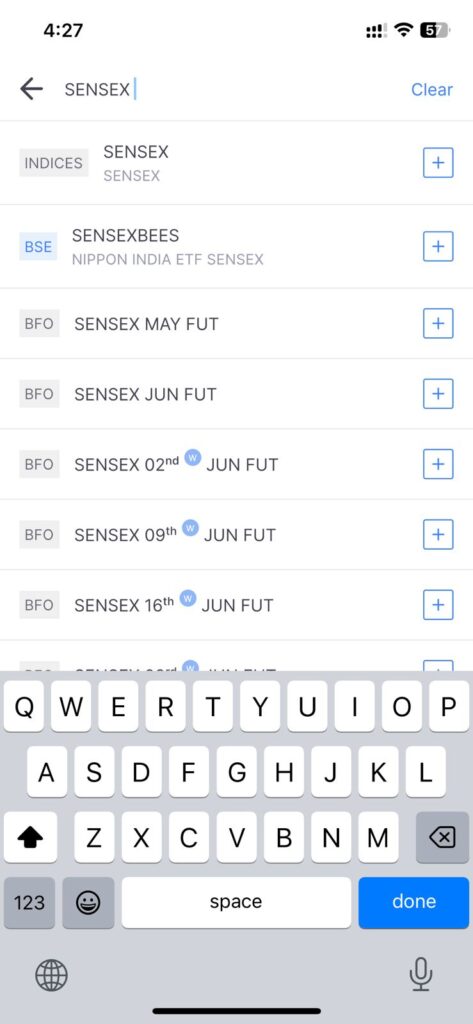
- Select the future contract you would like to buy
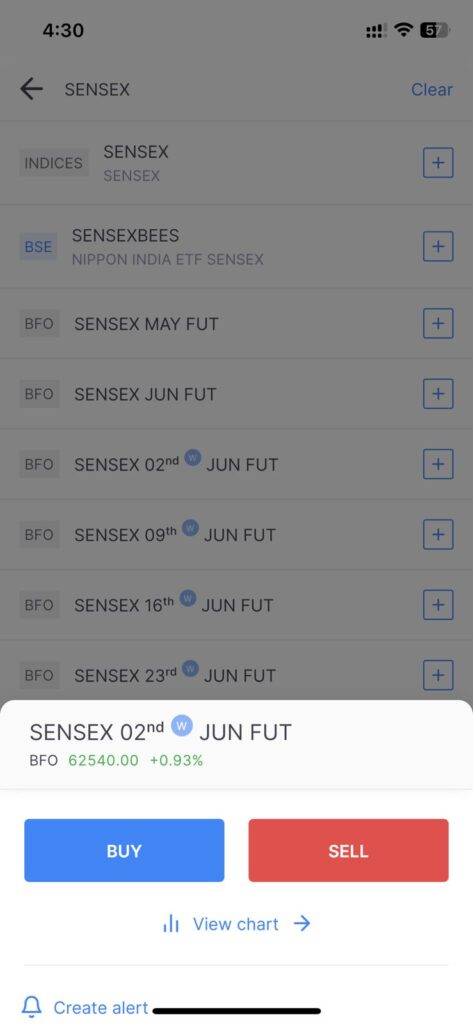
- Buy or sell the contract
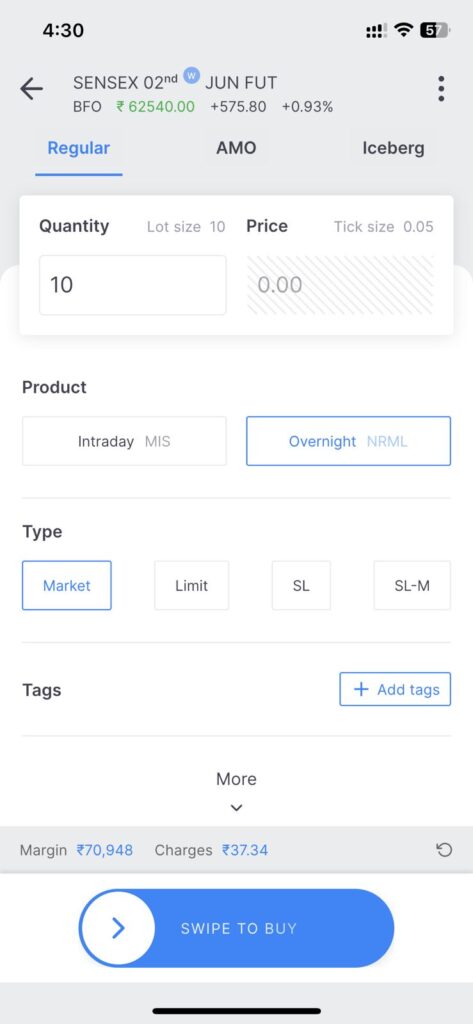
Rules to trade in BSE future and options
- Eligibility: Meet eligibility criteria of BSE and broker to trade futures and options by fulfilling necessary requirements. This includes having a trading account, fulfilling the KYC requirements, and meeting the margin obligations.
- Understanding the Products: Gain a thorough understanding of futures and options, including their contract specifications, trading hours, expiration dates, lot sizes, and tick sizes. Familiarize yourself with terms such as spot price, strike price, premium, margin requirements, and settlement procedures.
- Risk Management: Develop a risk management strategy to protect your capital. Set appropriate stop-loss orders to limit potential losses and define your risk tolerance. It’s crucial to understand the risks associated with derivatives trading and never risk more than you can afford to lose.
- Margin Requirements: Be aware of the initial margin, span margin, and exposure margin requirements specified by the BSE and your broker. Ensure that you have sufficient funds or collateral in your trading account to meet the margin obligations.
- Position Limits: Adhere to the position limits set by the BSE. Position limits determine the maximum number of futures or options contracts you can hold for a particular underlying asset. Violating position limits may result in penalties or other regulatory actions.
- Market Order and Limit Order: Understand the difference between market orders and limit orders. The prevailing market price executes a market order, while a limit order enables you to set a specific price for buying or selling the contract. Choose the order type based on your trading strategy and market conditions.
Also, check our Blog on The Role of SEBI & it’s Objectives.

